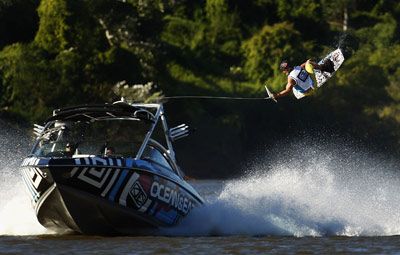It was summer 1991. George Bush Sr. was midway through his presidential term, and gas was just above a dollar a gallon. The Gulf War was over and most people didn't yet know the name Kurt Cobain. It was a big year for movies -- "Terminator 2," "Silence of the Lambs" and "City Slickers" all debuted with strong numbers before a 27-year-old Keanu Reeves stormed the big screen as FBI special agent Johnny Utah in "Point Break." That movie may have been dwarfed by the other blockbusters releases that year, but it did do one thing -- it introduced surfer gangs to the mainstream public. Patrick Swayze played Bodhi, the leader of a gang of murderous but laid-back bank robbers called the Ex-Presidents. They surfed, they chilled out beside the fire and they shot up banks.
Advertisement
"Point Break" was good summer movie fun, but there have been real surfer gangs all over the world for decades. They may not rob banks, but they do commit real crimes like assault, battery and even murder. From California to Australia, if there's an inlet known for great waves, chances are someone is fighting over it. Recent surfing related assaults in the United States, England and Australia have garnered an abundance of attention. The nonfiction film about the legendary "Bra Boys" surf gang became the highest grossing documentary in Australia's history after its 2007 release [source: ABC News].
So why do surfers have gangs? The answer is pretty simple and it awaits you on the following page.
Advertisement





